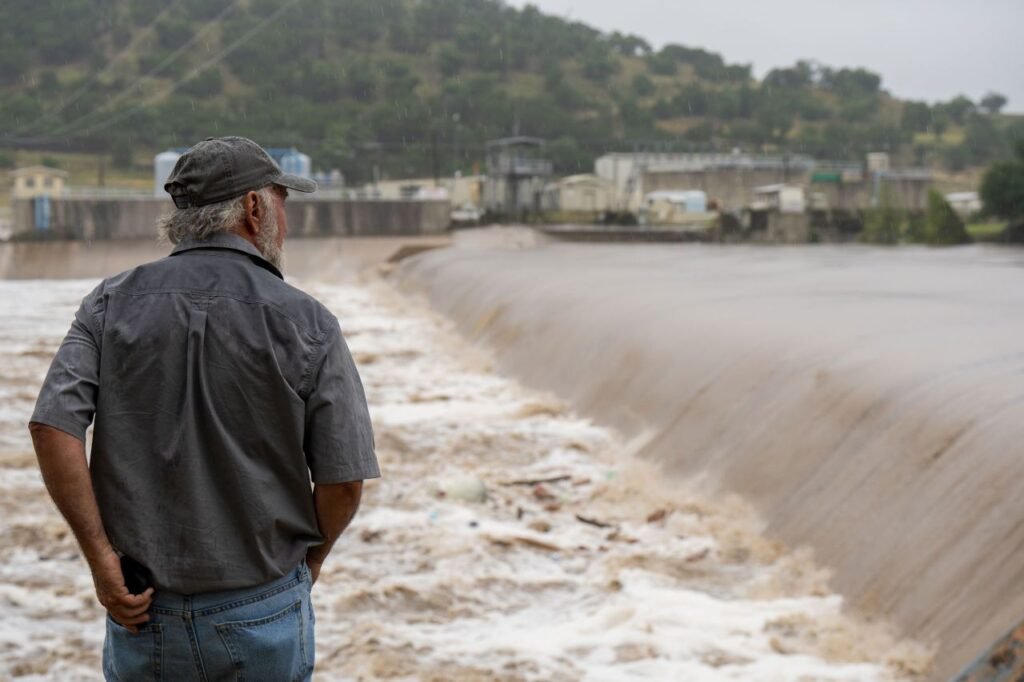What we’re covering
• Rising death toll: At least 24 people are dead after torrential rain triggered flash flooding in parts of central Texas early Friday, according to officials.
• Campers unaccounted for: More than 20 girls are unaccounted for at Camp Mystic, in Kerr County, which is located along a river that rose more than 20 feet in less than two hours. It “does not mean they are lost,” Lt. Gov. Dan Patrick cautioned.
• All-night rescue effort: Searches to find those unaccounted for “will continue in the darkness of night,” Gov. Greg Abbott said. Around 237 people have been rescued or evacuated so far, many by helicopter, authorities said.
• One-in-100-years intensity: Parts of central Texas saw a month’s worth of rain in just a few hours overnight into Friday, prompting multiple flash flood emergencies. Hunt, a town near Kerrville, received about 6.5 inches in just three hours early Friday, which is considered a one-in-100-years rainfall event for the area. Heavy rain is expected to continue Saturday.

Flash floods are the second-deadliest weather hazard after extreme heat. They can occur when a dam or levee is breached – or when intense rain outpaces the ground’s ability to absorb it, as was the case in Texas’ Kerr County this week.
Pinpointing exactly where flash flooding will occur is a major challenge because geography and topography can vary widely, even over small regions.
Mountainous areas are extremely susceptible to flash flooding. There’s not as much surface area for rain to soak into soil before steep inclines send it rushing down, where it can overwhelm streams and rivers and funnel into valleys and rise quickly with little warning.
You can read more here about flash floods and what to do if you get caught in one.


